Researching it a bit I see it uses a window venting arrangement versus through the wall. I suppose something could be cobbled up but that is a negative. Surprises me that a through wall kit is not a standard offering....
This is apparently the same unit but made by Midea. It doesn't mention efficiency but the energy guide CEER values are similar. I'm hoping the inverter compressor makes it more efficient and quieter, at least that's what they advertise.
You are using an out of date browser. It may not display this or other websites correctly.
You should upgrade or use an alternative browser.
You should upgrade or use an alternative browser.
Best way to use excess solar to offset gas heat
- Thread starter compwizpro
- Start date
Doggydogworld
Solar Enthusiast
- Joined
- Aug 29, 2022
- Messages
- 360
I was thinking of an air-to-water heat pump to preheat the water going into your existing water heater. You'd still use gas to heat the water in winter, and maybe also to boost the water temperature in the spring/fall.That is my plan but my water heater is only ~7 years old and will replace it with a heat pump water heater once it fails.
Keep in mind I have no idea what I'm talking about, but this Nyle Geyser unit that used to sell for about $1000 installed next to your existing water heater. I don't think they sell this any more, but you might be able to find something similar. Note that it also cools and dehumidifies the surrounding air, which is nice in summer but maybe not so much in spring/fall in your climate. Maybe you could rig up seasonal ducts to outside air or something. I've also seen units that sit outdoors, but then you lose the summer cooling. So it's a tradeoff.
How much energy do you use to heat water? I've seen household usage quoted at ~400 kWh/month. You could handle that from March-October with resistance heat, but as you note there's no financial benefit. Unless your hot water needs are very high (or my info is wrong), a 4.0 COP air-to-water heat pump would only absorb ~25% of your excess solar. Hmmm.
EDIT - thinking further, what is your typical gas usage and predicted excess solar for each month of the year (Jan, Feb, etc.)?
Last edited:
efficientPV
Solar Addict
- Joined
- Sep 24, 2019
- Messages
- 1,355
NYLE got out of the home market a few years ago and that unit is no longer available. I own one of the first generation NYLE external water heaters from when a COP of 2 was as good as you could get. I got mine for only $350 shipped as an overstock of the utilities HOTSHOT program. NYLE has a new entry into the market and a friend is getting unit #4 off the line, first three went to UL. This is more of a commercial unit which is priced at more than $3K. I'll do a video when he gets it.
compwizpro
New Member
Most if not all of the portable units I've seen sold in the US only hook up through windows in order to keep the unit portable.Researching it a bit I see it uses a window venting arrangement versus through the wall. I suppose something could be cobbled up but that is a negative. Surprises me that a through wall kit is not a standard offering.
Here is my KW usage for the last year:How much energy do you use to heat water? I've seen household usage quoted at ~400 kWh/month. You could handle that from March-October with resistance heat, but as you note there's no financial benefit. Unless your hot water needs are very high (or my info is wrong), a 4.0 COP air-to-water heat pump would only absorb ~25% of your excess solar. Hmmm.
EDIT - thinking further, what is your typical gas usage and predicted excess solar for each month of the year (Jan, Feb, etc.)?
| Billing Period | KWh |
| Jan | 995 |
| Feb | 839 |
| Mar | 858 |
| Apr | 680 |
| May | 905 |
| Jun | 1009 |
| Jul | 1122 |
| Aug | 1612 |
| Sept | 1274 |
| Oct | 657 |
| Nov | 841 |
| Dec | 938 |
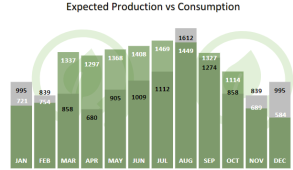
Grey is consumption and green is production.
The March - Jun and Sept - Nov months are the time periods I'm trying to target where I will have some excess production while there is moderate heating load.
Use the KWh monthly usage from the chart as I have not lived in the property for a whole year when getting the quote and was forecasting consumption.
I keep my water heater at the low / average temp setting to minimize consumption (I can use the faucet at max hot without getting burned) and shower at the gym when I can so I don't believe that is large gas consumer.
I would consider an air to water monobloc heat pump as a few others have suggested but their availability in the US is slim for smaller units based on what I could find online.
Doggydogworld
Solar Enthusiast
- Joined
- Aug 29, 2022
- Messages
- 360
Very helpful, thanks. I agree with that profile and your low hot water usage it's better to focus on space heating. I don't see any low cost US monobloc units, either. There are some small, inexpensive pool heat pumps but they're designed for warm air (and not very efficient even then). That one doesn't even pump the water, so you'd have to rig something up.Most if not all of the portable units I've seen sold in the US only hook up through windows in order to keep the unit portable.
Here is my KW usage for the last year:
This is what the installer calculated my production at:
Billing Period KWh Jan Feb Mar Apr May Jun Jul Aug Sept Oct Nov Dec
View attachment 142217
Grey is consumption and green is production.
The March - Jun and Sept - Nov months are the time periods I'm trying to target where I will have some excess production while there is moderate heating load.
Use the KWh monthly usage from the chart as I have not lived in the property for a whole year when getting the quote and was forecasting consumption.
I keep my water heater at the low / average temp setting to minimize consumption (I can use the faucet at max hot without getting burned) and shower at the gym when I can so I don't believe that is large gas consumer.
I would consider an air to water monobloc heat pump as a few others have suggested but their availability in the US is slim for smaller units based on what I could find online.
Some mini-splits have the head unit in a ceiling cassette, like a big bathroom exhaust fan. They cost more, but maybe less of a eyesore.
I wonder if there's a way to mount the guts of a normal mini-split head unit inside your existing HVAC air return duct so it pre-heats the air and reduces your gas burn. Remove the heat unit's air handler stuff since you'd use your existing HVAC air handler.
I agree you won't get much benefit from a head unit in a cold (i.e. unheated) basement. Other than making the basement nicer. And I don't see any portable units that work well as heaters in cold temps, so that also looks like a dead end.
You show ~1900 kWh excess solar from March-June plus some in the fall. Call it 2000 kWh during months you use gas heat. A 4 COP heat pump would give 2000 * 4 * 3413 = 27.3 mmBTu worth of space heating. You burn 287 Therms generating that heat now, costing you ~$330. Selling that 2000 kWh back to the grid nets you about $85, so there's roughly $250/year of savings available. An approach that also reduces your August electricity consumption via the bedroom cooling / higher house temp setting approach you mentioned could save another 100 kWh or so ($160) and reduce your payback period.
It definitely sounds worth doing, if you can find the right solution. Keep us posted!
Zwy
Solar Wizard
Biggest problem with the cassette for a ceiling mount is the joists in many houses are 16"OC and the cassette is over 20" wide.
I've been looking, probably a floor mount indoor unit for my living room. Kitchen area, not sure, need to do some serious measuring. Cassette won't work with the joist spacing.
Mini splits require cleaning of the indoor unit, preferred once a year.
I've been looking, probably a floor mount indoor unit for my living room. Kitchen area, not sure, need to do some serious measuring. Cassette won't work with the joist spacing.
Mini splits require cleaning of the indoor unit, preferred once a year.
I’m looking to install and Mr cool diy ceiling cassette which is designed for 16oc studs.Biggest problem with the cassette for a ceiling mount is the joists in many houses are 16"OC and the cassette is over 20" wide.
I've been looking, probably a floor mount indoor unit for my living room. Kitchen area, not sure, need to do some serious measuring. Cassette won't work with the joist spacing.
Mini splits require cleaning of the indoor unit, preferred once a year.
compwizpro
New Member
I was looking for something like this too. I have two trunks coming off the plenum so in theory, I would need 2 units that I could splice into the trunks and would just need to run my HVAC on fan mode to distribute the heat / cool. I might have found some units but they aren't cheap.I wonder if there's a way to mount the guts of a normal mini-split head unit inside your existing HVAC air return duct so it pre-heats the air and reduces your gas burn. Remove the heat unit's air handler stuff since you'd use your existing HVAC air handler.
They do make ducted mini splits but it looks like it involves replacing the air handler as well which I'd like to keep in place. I would prefer to find a unit I could stuff either in the plenum or trunks.
I think this will be the easiest / only way I would be able to retrofit an mini split in without tying into the existing HVAC. I found some units but they aren't cheap and I would need to buy the external unit / line sets separately as opposed to getting a kit with everything included.I've been looking, probably a floor mount indoor unit for my living room. Kitchen area, not sure, need to do some serious measuring. Cassette won't work with the joist spacing.
That was part of my line of thinking going with the portable unit. When the heat is on, I drop the set point from 68 to 62F at night. If I had the portable unit, I would just leave it run all day / night when the outside air is warm enough to offset whatever the furnace needs to produce. For reference last month my bill said I used 120 therms. So as it gets warmer, there is more potential to off set. I figured at a minimum BTU for BTU, a portable unit with a COP of at least 2 (that is conservative from what I found), it would save me at least ~$30 / month with the furnace running less vs. doing nothing and selling the power back. Same thing in the summer, I drop the set point from 70F to 68F just so I can sleep better since the 2nd floor is very open and all the cold air sinks down to the first floor making it at least 2 - 3F colder. Instead of dropping the temp, I would move the portable unit in the bedroom to keep that room cooler. There may be less savings there but it will help shorten the ROI of the portable unit some while giving the potential flexibility of additional comfort. The central AC is only 13 SEER. Converting the EER / CEER to SEER (I know its a very rough average doing that), it works out close to 13 SEER so the portable unit wouldn't be that much less efficient than the central AC.You show ~1900 kWh excess solar from March-June plus some in the fall. Call it 2000 kWh during months you use gas heat. A 4 COP heat pump would give 2000 * 4 * 3413 = 27.3 mmBTu worth of space heating. You burn 287 Therms generating that heat now, costing you ~$330. Selling that 2000 kWh back to the grid nets you about $85, so there's roughly $250/year of savings available. An approach that also reduces your August electricity consumption via the bedroom cooling / higher house temp setting approach you mentioned could save another 100 kWh or so ($160) and reduce your payback period.
wattmatters
Solar Wizard
That's a feature, not a bug.Mini splits require cleaning of the indoor unit, preferred once a year.
I don't know what temperature you are setting the hot water storage tank to heat to but if it's the same as the temperature you use at the faucet then that's quite possibly dangerously low.I keep my water heater at the low / average temp setting to minimize consumption (I can use the faucet at max hot without getting burned) and shower at the gym when I can so I don't believe that is large gas consumer.
Water storage heaters should be set to heat water to a minimum of ~60°C (~140 °F) with reasonable frequency (a few times per week) to ensure legionella does not get a chance to grow. It is a lethal bacteria.
In any case, with hot water storage the energy consumption is dictated by how much hot water you consume, not so much by the temperature of the water in the tank.
All that reducing the thermostat set point does is slightly decrease daily heat losses, but for a well insulated tank that reduction in heat loss is very small. If the tank's water is hotter, you use less of it as more cold is mixed into the supply to reach the preferred use temperature. Indeed lifting the thermostat set point is a way to store more energy in your tank and effectively increase its hot water supply capacity.
I know the question wasn't directed at me but this is our quarterly average grid energy imports for water heating for the past seven years. We have a 315 litre (83 US gallons) electric resistive water heater supplying a two person household. It was until recently powered via a dedicated off-peak grid supply circuit.How much energy do you use to heat water?
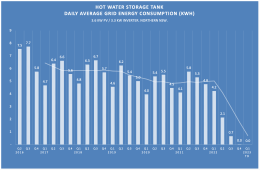
Some gradual reduction in hot water consumption over the years (always good to work on consumption reduction, not just supply) then last year I installed a smart PV diverter to operate on one phase of our grid-tied PV system to heat our water in preference to importing energy from the grid. It adjusts the power delivered to the resistive element to match excess solar PV supply so as to avoid importing energy from the grid.
If necessary (e.g. if we have a run of poor solar PV production), it can also boost from the grid off-peak supply but it's just not been required since I disabled that option in October. After first installing it I used the mode allowing it to self-boost from off-peak but it was a little too keen to boost at times when waiting until the next day to top up from solar PV would have been fine - that's the point of larger storage capacity for hot water - it's a thermal battery which can ride through a poor day of production. Can see the results in recent quarters.
Here off-peak electricity is more expensive than what we get for exporting excess energy to the grid. About 8 c/kWh (US 5.4c/kWh) more. So using our own excess supply makes sense (and more so for regular supply when the tariff differential is 15-29 c/kWh depending on time of day tariff).
I will see how it goes this Winter but I expect we'll all but eliminate the need for grid energy for heating water and will have increased self-consumption of our excess PV output by ~5 kWh/day.
Being where we are, the incoming cold water temperature is probably ~15 °C, so it doesn't have to work as hard as units in colder climates. Tank is inside our laundry. Hot water storage tanks in Australia are often outdoors.
MisterSandals
Participation Medalist
Is this a product? Do you have a link to the product?I installed a smart PV diverter to operate on one phase of our grid-tied PV system
Is your grid-tied system with micro inverters?
compwizpro
New Member
Thanks for the tip. I was not aware of that. I just measured the hot water temp coming out of the faucet (through a mixer so not sure how much cold water if any is mixed in) and it was 122F. So I will definitely be increasing that. Correct on the usage vs. set point, I recently learned how well water heaters are insulated / retain their temp. Setting it lower was mostly out of habit to not have near scalding hot water coming out of the faucet and my previous house had it's water heater in the basement where it would approach near freezing temperatures in the winter due to not being insulated.Water storage heaters should be set to heat water to a minimum of ~60°C (~140 °F) with reasonable frequency (a few times per week) to ensure legionella does not get a chance to grow. It is a lethal bacteria.
wattmatters
Solar Wizard
In Australia it is the law to have a tempering valve on hot water supply for areas such as bathrooms. It automatically mixes in the right amount of cold water supply to ensure the supply temperature is safe. Usually it's just easiest to fit one at the hot water outlet of the storage tank. The temperature of water delivery depends on the use case, e.g. in aged care facilities it's usually set at a lower temperature than for regular residential.Setting it lower was mostly out of habit to not have near scalding hot water coming out of the faucet

Thermostatic mixing valve - Wikipedia
wattmatters
Solar Wizard
Yes, there are many of them available here.Is this a product? Do you have a link to the product?
Mine is a locally made product:

Green CATCH | CATCH Power
CATCH Power is the Australian Made device that allows you to heat your water for free from the sun. High efficiency taking care of upto 95% of your hot water costs.
 www.catchpower.com.au
www.catchpower.com.au
But there are others (arguably better):

1# Solar Power Diverter: eddi | myenergi Australia
Use excess energy from your PV or windturbine to heat your water and home with eddi - the solar power diverter from myenergi.
Solar Power Diverter & Controller - Paladin Solar Controller
Paladin Solar Power Diverter & Controller is the smartest power saving technology in the market today. Save over 35% on your energy bill and use up to 95% of your
 www.paladinsolarcontroller.com.au
www.paladinsolarcontroller.com.au

Energy Efficient | Power Diverter Australia Pty Ltd | Australia
Join thousands of Australians today and save hundreds of dollars every year with free hot water thanks to the super clever Powerdiverter. Call 08 7079 5533 - The Best In Australia
 www.powerdiverter.com.au
www.powerdiverter.com.au

PV Hot Water Main Page - PV Hot Water
PV solar hot water and excess energy diverter. Off grid innovation designed and made in Australia. With over 30 years of experience, Plasmatronics is one of the earliest designers and builders of Solar Power Regulators in the world.
 pvhotwater.plasmatronics.com.au
pvhotwater.plasmatronics.com.au
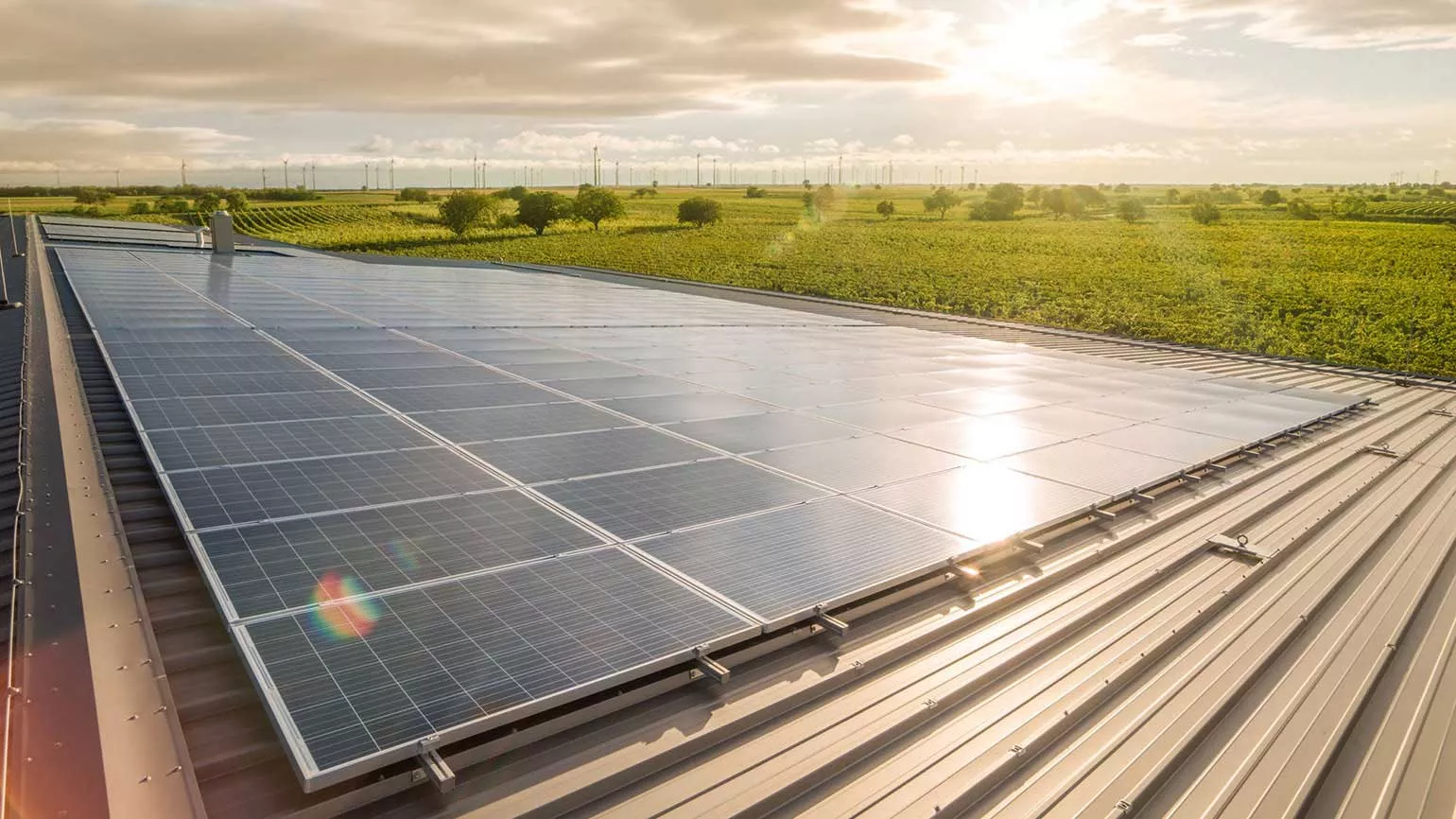
Fronius Ohmpilot
and even one you can DIY:
Mk2PVRouter - Introduction
A DIY Constructor’s project to build a Mk2 PV Router system for surplus energy diversion.
I've probably missed a few.
String inverter. But it doesn't matter, such devices independently monitor the energy flow to/from the grid and adapt power delivery accordingly to avoid importing energy.Is your grid-tied system with micro inverters?
Here's the power delivered to my water heater by my PV diverter the other day. Can see it ramping up and down depending on excess solar PV availability. Eventually the tank's thermostat switch opens when it's reached its temperature set point and diversion stops. During the period of diversion my inverter was exporting a little (it keeps a little headroom to manage variability), and then when the heating was complete you can see it exporting more:

damo green
New Member
- Joined
- Jan 13, 2022
- Messages
- 75
They seem very rare in the states,was looking for them I think with solar they should become more common... at least while electrochemical batteries are still costly.What about a solar diverter (normally used for hot water) powering a storage heater
Solar diverter will use the excess power your PV produces & exports to the grid to heat the storage heaters, which hold and realised the heat when needed
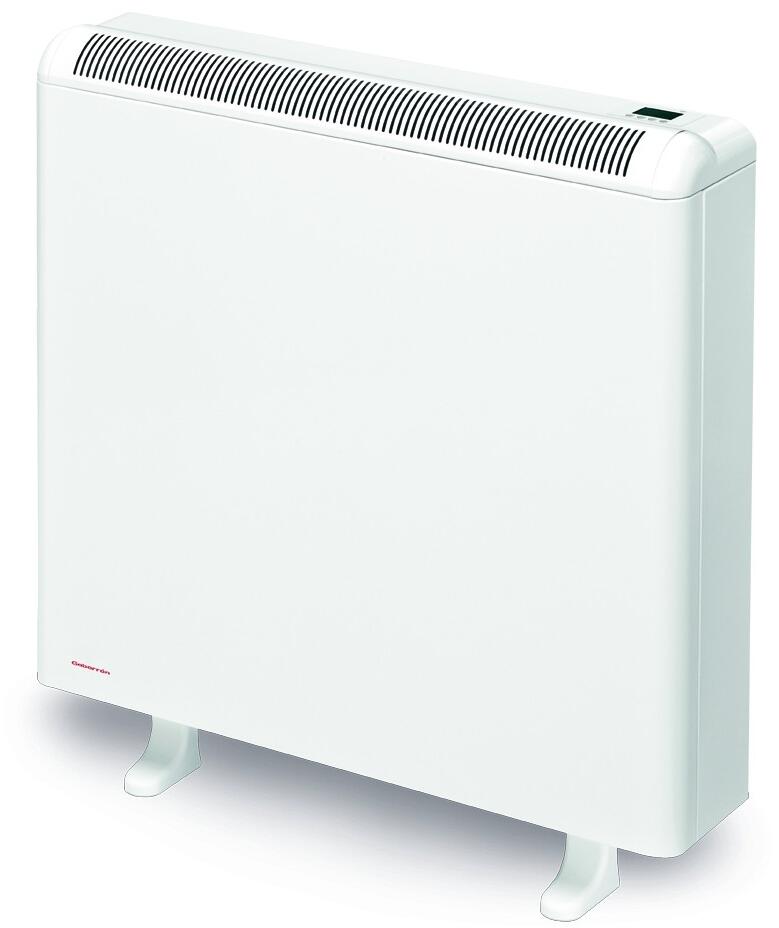
Elnur Ecombi SSH158 Smart Storage Heater - Heater Shop
www.heatershop.co.uk
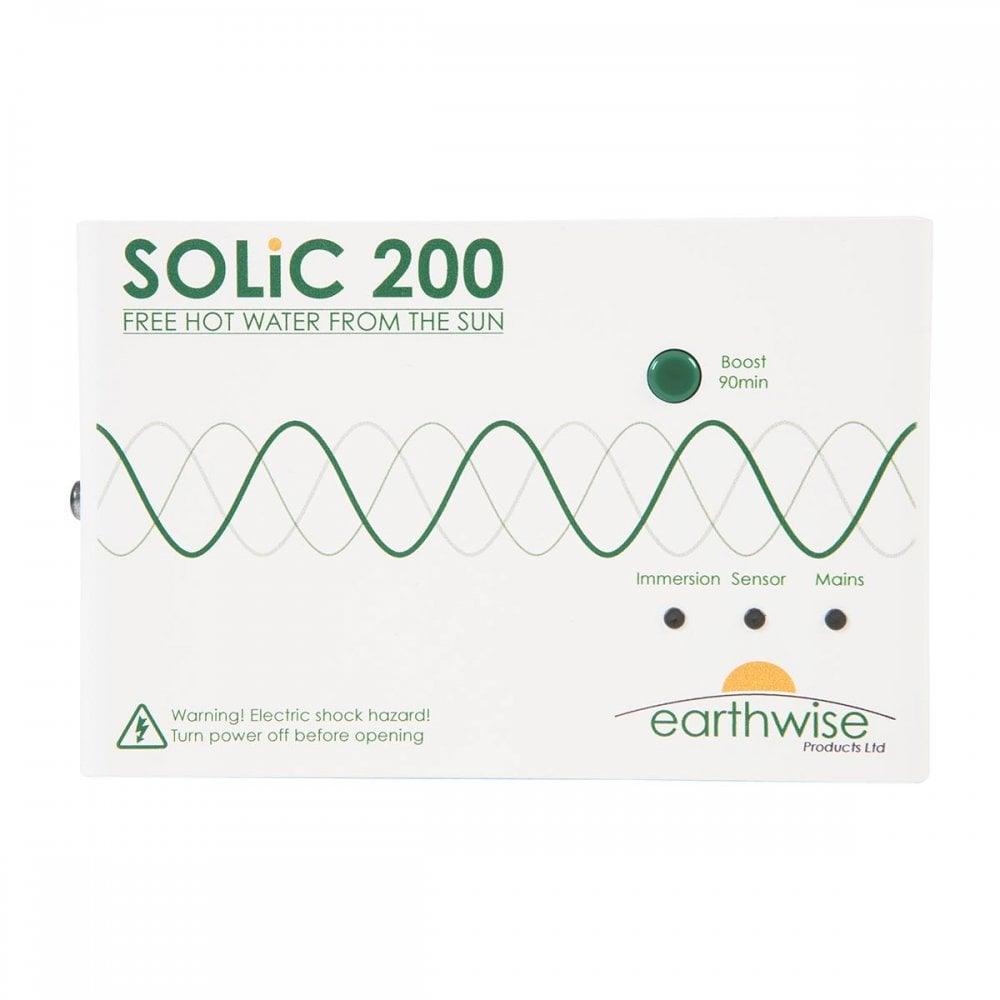
SOLiC 200 Solar Power Diverter CE-SOLiC200
SOLiC200 Solar Power Diverter CE-SOLiC200 The Award Winning SOLiC 200 from Earthwise Products Ltd automatically converts energy generated by existing PV panels into hot water by diverting excess solar power to the immersion heater before it’s exported to the national grid. Simple to use and...coolenergyshop.com
Edit: these are UK links but I'm sure similar items are available in the states
The storage bricks are like scrap in the UK, I wish I could find some here in the U.S... but maybe I will just use other materials.......Imagineering.... convert an electric Kiln to a storage Heater and use Aluminum ingots as a PCM inside.... sounds safe, lol I still might do the experiment. ;-)
The storage bricks are like scrap in the UK, I wish I could find some here in the U.S
I'd ship you one over but I doubt it'd work being they're 240v single phase 50hz
damo green
New Member
- Joined
- Jan 13, 2022
- Messages
- 75
haha don't tempt me you could ship me a UK direct inverter for it as well lol.... I'm actually half British my cousin is visiting in October,,,, luggage stowaway?
Very nice. What is your 1,200 tank made of? Buried? Outside? ThxI use radiant floor heat that is fed by a 1200g storage tank. That storage tank is normally heated by my wood boiler and inside that tank is a coil that preheats my domestic water before it goes to my electric water heater.
However that same water heater heater can heat my storage tank via a small circ pump during times of excess PV production and that's what I'm doing right now. Of course that would be a very challenging retrofit but it's example of one way to do it.
OzSolar
Whatever you did, that's what you planned.
It's made from ICF blocks and built into the corner of basement such that two of it's walls are also my basement. The liner is something a friend in the petroleum business used and turned me onto. Some sort of a PVC/vinyl that can take the high temps whatever things they pumped out the ground. It's custom built to the exact size I need. That's it hiding behind the water heater on the left side of the first post in this thread. It turned into a great thread full of useful information (FBO) if you're even remotely interested in going down this road.Very nice. What is your 1,200 tank made of? Buried? Outside? Thx

Radiant in floor heating system
I know it's not solar but it is a critical part of the entire energy system of our house. It allows us to heat our home and shop off grid with impressive comfort for less than 2 kWh per day plus a few arm loads a day of wood for the boiler. Around 4,300 ft2 total area that it's heating plus...
Thank you Sir! ?It's made from ICF blocks and built into the corner of basement such that two of it's walls are also my basement. The liner is something a friend in the petroleum business used and turned me onto. Some sort of a PVC/vinyl that can take the high temps whatever things they pumped out the ground. It's custom built to the exact size I need. That's it hiding behind the water heater on the left side of the first post in this thread. It turned into a great thread full of useful information (FBO) if you're even remotely interested in going down this road.

Radiant in floor heating system
I know it's not solar but it is a critical part of the entire energy system of our house. It allows us to heat our home and shop off grid with impressive comfort for less than 2 kWh per day plus a few arm loads a day of wood for the boiler. Around 4,300 ft2 total area that it's heating plus...diysolarforum.com
teal95
Solar Enthusiast
If it's an attic area that you have access to reframe it. When I went to put my ceiling cassettes in they required 22.5"+ an 1/8", so they wouldn't fit. I scabbed another 2x6 along side it and then cut out the offending portion. You'd have to do a bit more but you could double up the 2x on both sides, box in perpendicular to those and then cut the offending board out.Biggest problem with the cassette for a ceiling mount is the joists in many houses are 16"OC and the cassette is over 20" wide.
I've been looking, probably a floor mount indoor unit for my living room. Kitchen area, not sure, need to do some serious measuring. Cassette won't work with the joist spacing.
Mini splits require cleaning of the indoor unit, preferred once a year.
Similar threads
- Replies
- 4
- Views
- 187
- Replies
- 9
- Views
- 291


